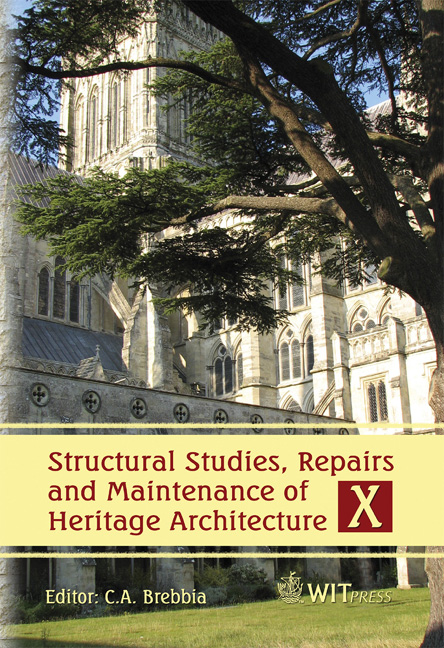An Exploration Of The Historic Core Along Lake Pichola In Udaipur
Price
Free (open access)
Transaction
Volume
95
Pages
10
Published
2007
Size
1,759 kb
Paper DOI
10.2495/STR070171
Copyright
WIT Press
Author(s)
S. Samant
Abstract
The aim of this study is to develop an appreciation of the historic core along the eastern edge of Lake Pichola in Udaipur, which is a result of its unique climatic, social and topographical context, to chart the changes to this context, to draw attention to past patterns and to learn from them in the hope of influencing future developments. The objective is also to understand the forces that have influenced and underpin this development, examine its existing state and highlight key concerns. The study is limited to the historic core along the waterfront and its related structures along the eastern bank of Lake Pichola in Udaipur. The study demonstrated that the historic core along the lake front is a result of evolution that has been guided by dominant determinants such as its socio-economic hierarchy/structure, political and religious factors, climate, availability of materials and technology. The overall form, settlement pattern and the massing of buildings in Udaipur are dominated by its physical attributes and in consonance with the topography and landscape, and ordered by the generative force of its land form and the lake. It is, however, subject to severe developmental and environmental pressures as a result of intense tourism related and commercial activities, unwarranted and haphazard building activities, continuous neglect of residential properties, some of the historic fabric and surviving artefacts, and poor infrastructure. If this trend were to continue, the problems will intensify causing serious threat to this valuable environment, its urban spaces and exquisite edifices. Preservation of this waterfront, which plays a decisive role in solving critical urban, social and economic problems in this city, is vital. The main issues identified for consideration in this context were the preservation of existing traditions, conservation, sensitive and participatory planning and design, appropriate organization of street activities, continued adaptive reuse of buildings, provision of infrastructure and administrative structures to deliver the project, and creation of awareness and understanding amongst the local community.
Keywords




